Life moves in seasons and cycles. Pauses in these cycles are needed for us to re-calibrate. Marie-Anne Leuty (she/her) shares how meeting The Nap Bishop has brought a different focus to TQTB.
Lately, Obi and I have been leaning on community.
Developing platforms and building as BIPOC comes with challenges that leave us vulnerable. Whether we’re driven by a fire to make things work or a numbing fear that it could all come tumbling down, hustle takes a personal toll that needs to be managed.
The biggest lesson we’ve learned over recent months is that community is the key – to our health, our happiness and wellbeing.
Meeting The Nap Bishop
One of the pillars of the community we’ve had the privilege to be supported by is The Black Archives.
The Netherlands’ largest Black historical and cultural archive, Mitchell Esajas and the team are long-time supporters of TQTB – they’ve held space for us as we navigate the beautiful but challenging path that comes with building autonomously.
Back in March, TBA invited us to an intimate talk with Tricia Hersey, also known as The Nap Bishop.
Since 2015, Tricia has poured twenty years of experience as an activist, performance artist, writer, theatre maker, theologian and – most importantly – daydreamer into The Nap Ministry. Centred on the belief that rest is resistance, The Nap Ministry’s Instagram is an antidote to tireless scrolling, de-programing the violence of grind culture one post at a time. It plants the idea on timelines that our worth isn’t tied to our output and productivity; that rest isn’t something to be ashamed of, it is a divine right; that community care is the only route out of hustle.
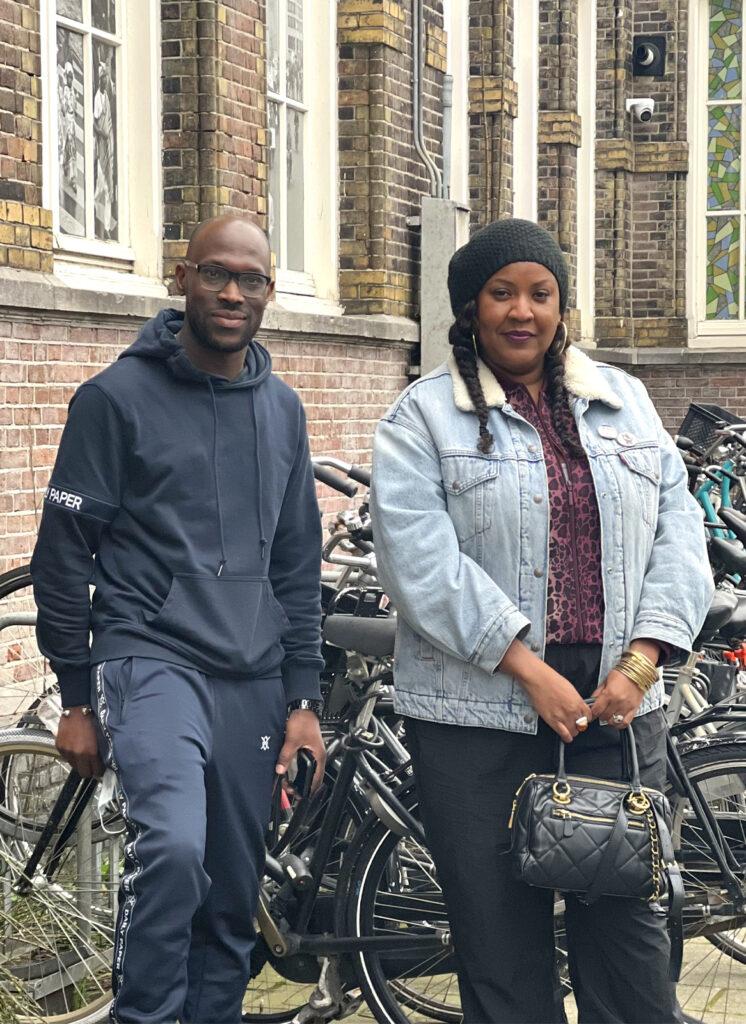
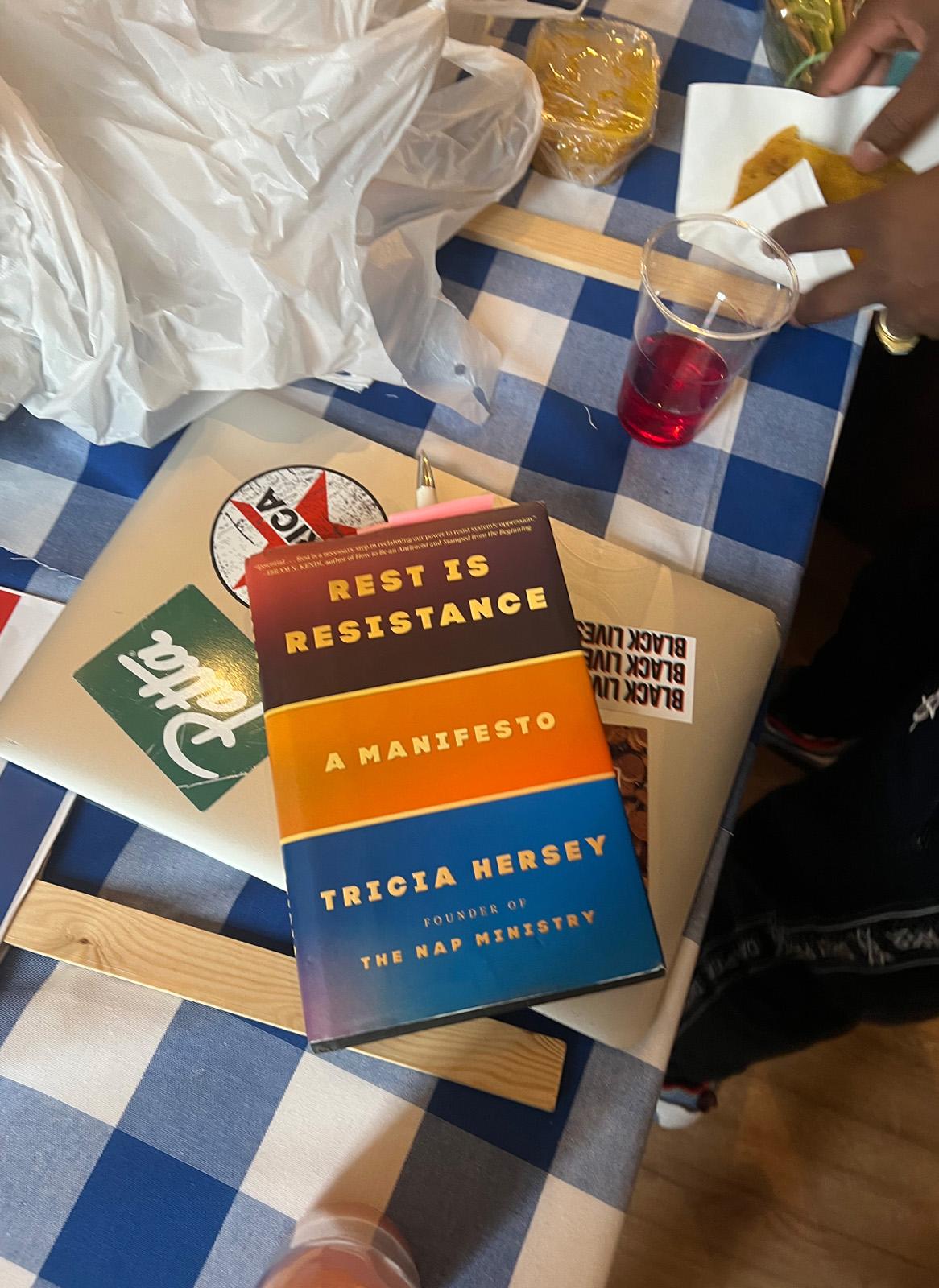
It’s a topic that resonates strongly in the community and its influence goes far beyond social media.
The Nap Bishop’s first book, ‘Rest Is Resistance: A Manifesto’, is a New York Times bestseller that acts as ‘a battle cry, a guidebook, a map for a movement, and a field guide for the weary and hopeful… rooted in spiritual energy and centred in Black liberation, womanism, somatics, and Afrofuturism.’
It was special to get an invite to be in the presence of such an influential and impactful woman – but I couldn’t help but feel like an imposter.
If she were to ask me about my rest practice, I’d have to tell her the truth: that since the first issue of the Journal came out in 2020, I hadn’t had one.
Would she send me out of the room for pushing so much?
Was I guilty of wearing exhaustion as a medal of honour?

Community care
Over the past three years we’ve made a lot of progress as a platform but it’s been high risk financially, physically and emotionally.
The pressure’s been real.
Working with corporates, we’ve been able to be more autonomous but we’re still independent BIPOC creatives. We don’t have in-house doctors or HR departments to support us when things go left and stress, micro/macro aggressions or bias push us over the edge.
“I will never donate my body to the system,” says Tricia at The Black Archives.
“It doesn’t deserve it, it doesn’t deserve the legacy that my ancestors have come from: their brilliance, their subversiveness, their flexibility. There are so many layers to resting. You need to do it because of your health, you need to be resting because you’re not going to be able to make it without rest.”

The Nap Bishop is an example of how impactful and revolutionary a dedicated rest practice is – a well-rested Black woman is a powerful force to reckon with. Her stance shows me that another way is possible and community is at its heart.
“There is no such thing as being self made,” says Tricia. “I want us to move away from that idea and towards community care.
“Community care is what will save us. We will not make it without that. We are deeply connected to each other.”
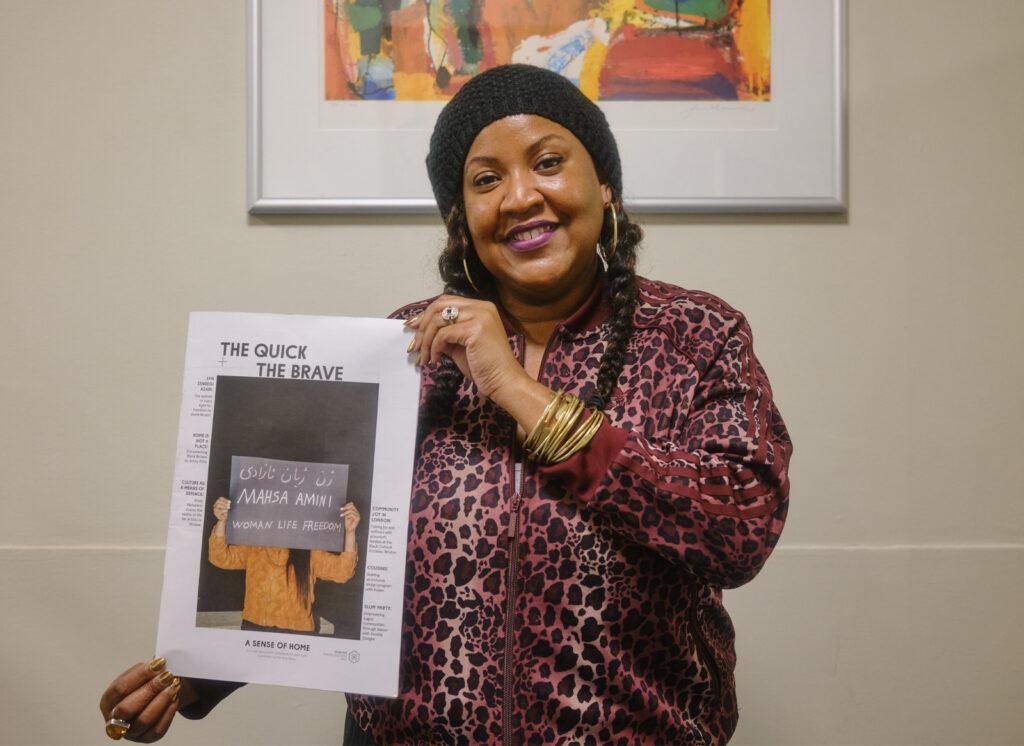
Reclaim the Dreamscape
The next day Tricia spoke at Studium Generale, a conference hosted at the Stedelijk in collaboration with the Rietveld Academy. Moderated by Camille Barton, the session was about the Dreamscape, the importance of rest and the grief that comes with unlearning capitalist systems.
Tricia’s work focuses on the impact of undoing these systems from the Black perspective. Looking around the room, I was struck by the mix of people present.
Traditional white-owned institutions like the Stedelijk are starting to make space for these discussions and learning opportunities to be had.
They must if they are to show that they are relevant and evolving with the times.



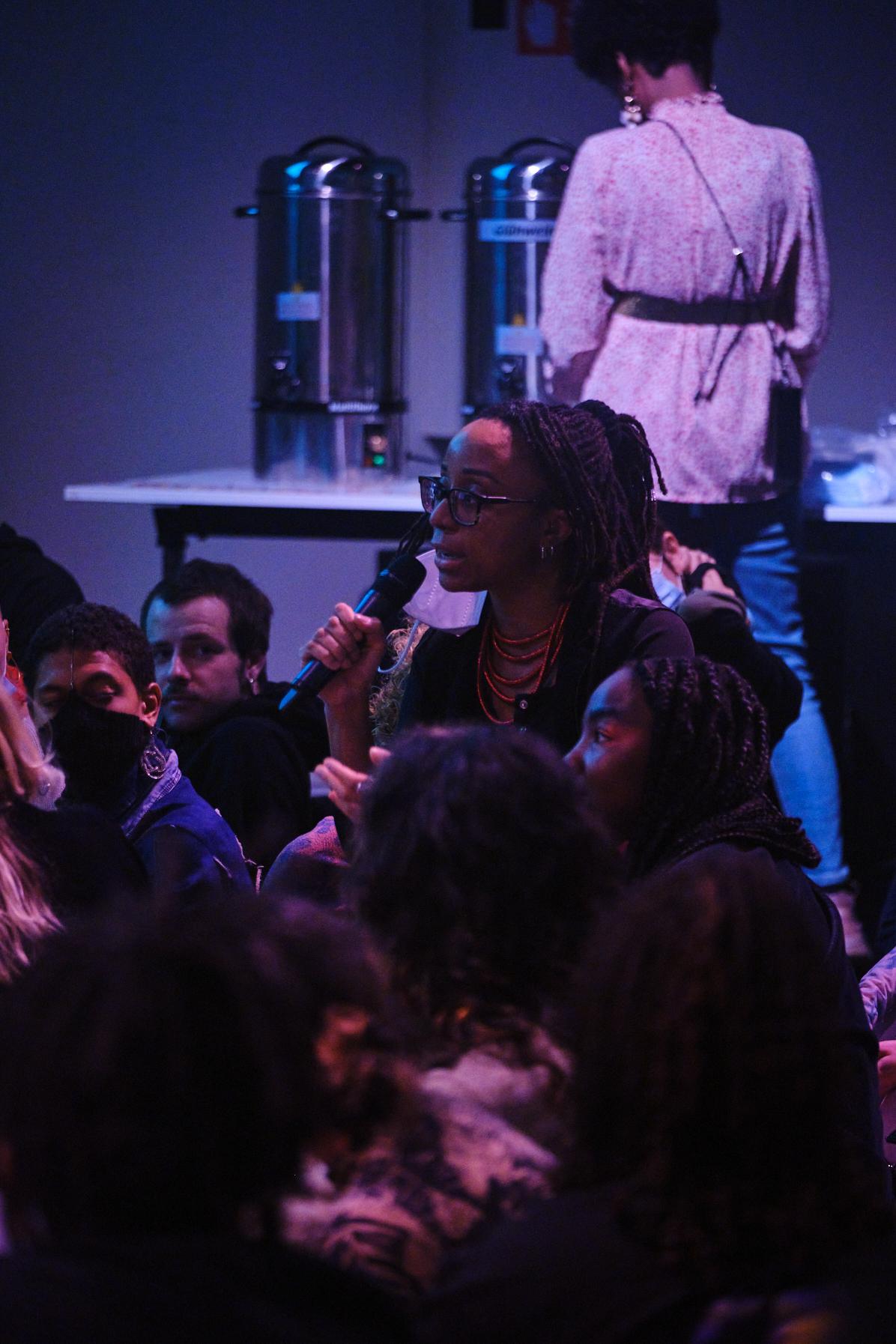
Different cultures, ages, genders, orientations had all gathered to connect with this subject. To quote ‘Rest Is Resistance: A Manifesto’:
“People are waking up. People are waking up to heal. People are waking up to rest.”
The audience was actively invited to get comfortable, rest or nap during the discussion.
Dream inducing blue lotus tea was available during the break.
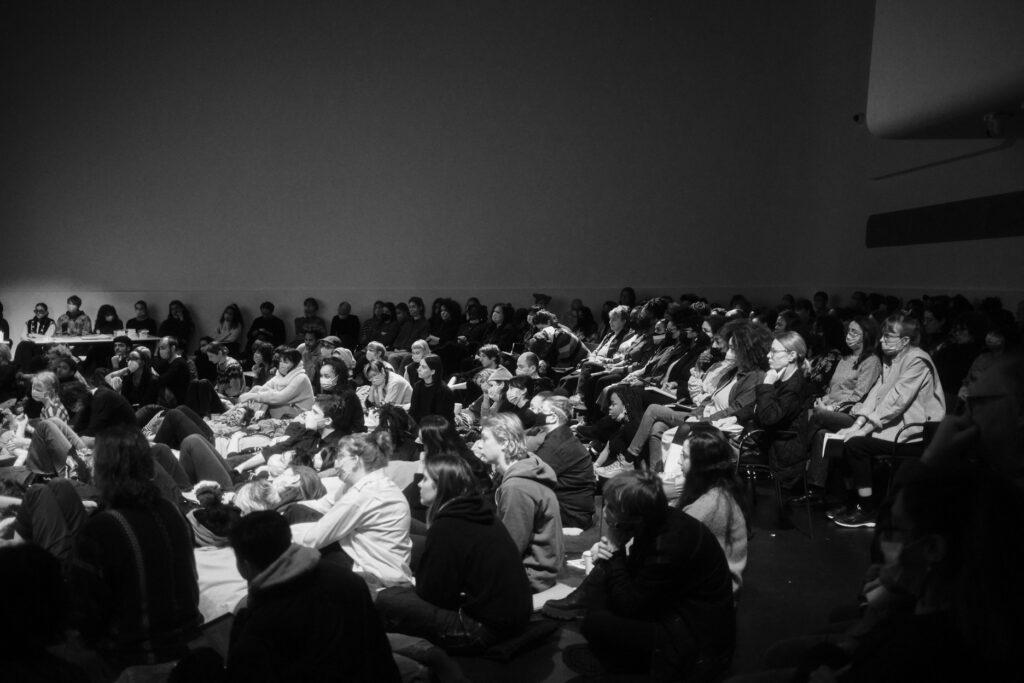
There were many BIPOC womxn in the cultural space who came to listen to Tricia, people who we’ve had the opportunity to connect with and start to build alongside.
They inspire us to keep doing what we do and drive accountability for our decisions and approach too. They’re artists, activists, curators, researchers and writers whose work goes against the status quo to highlight the work and beautiful struggle of Black, female, non-binary and queer intersections.
It’s a privilege to feel embraced by these changemakers and to know that they’re also going through it, navigating the cultural landscape as historically excluded people.
We’re all learning about rest practices, guided to heal ourselves, our ancestors and our communities.

The metrics have all changed
So what now?
Armed with this new understanding and having the chance to meet Tricia, to quote Drake, nothing was the same.
The priority now is rest.
As a platform we have a duty to reflect these values and pour into community care.
If you’ve been on our IG recently, you’ll see that a Tweet from The Nap Bishop was our only post. It signalled the start of a new way of doing things for us personally, creatively and professionally. We were taking back our right as BIPOC creatives to rest when faced by systems and situations that we have no control over.
We’ve entered a phase of rest and research, taking time to heal from pushing too hard for too long – TQTB is what we do in the time between resting.
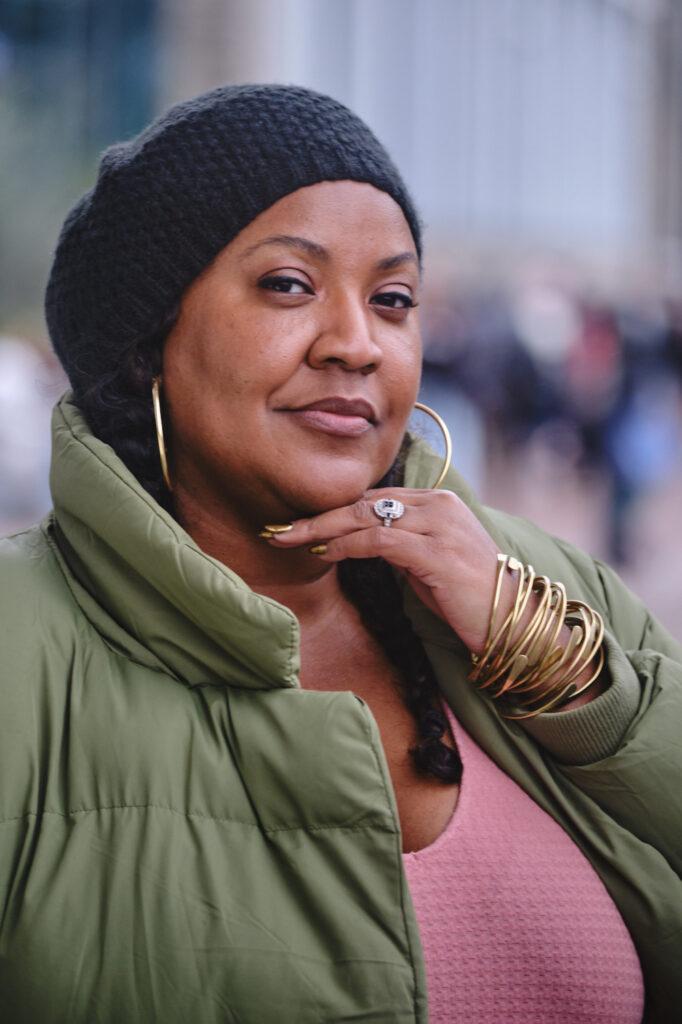

In addition, we’re shifting our focus with community care now as one of our pillars.
When we started the platform, our pillars were culture, inclusivity, sustainability and self-care. But as we’ve learned more on this journey, self-care is too individualistic an approach.
Yes, it’s important to be well in yourself – but if that happens in isolation, what’s the point? It didn’t resonate with the impact we want TQTB to have on a collective level.
Thank you for seeing us
Showing vulnerability isn’t easy and we’re grateful to the community who’ve shown us so much support.
To Tricia Hersey, thank you for your dedication to the gospel of rest, for picking up copies of Journal 002 and for seeing the vision of where we’re trying to get to.
To The Black Archives team, your work and activism in and beyond the Netherlands are groundbreaking – thank you for inviting us to such a pivotal event.
To Studio Notoire, thank you for setting up our social media so we can share these stories and have the space to work from a state of grace.
To the readers who enjoy our work, thank you for being patient.
To those who’ve checked in and rested with us – let’s continue to support each other.

Tricia Hersey’s New York Times bestselling book ‘Rest Is Resistance: A Manifesto’ is available to buy online and from physical book stores.
To find out more about The Nap Ministry’s work head to www.thenapministry.com.
Slow your scroll.
Fill in your details to subscribe to our newsletter.
Follow Tricia Hersey: @thenapministry
Follow The Black Archives: @the_blackarchives
Follow Studio Notoire: @studionotoire
Follow Marie-Anne: @marieanneleuty
Follow Obi: @obi.island




